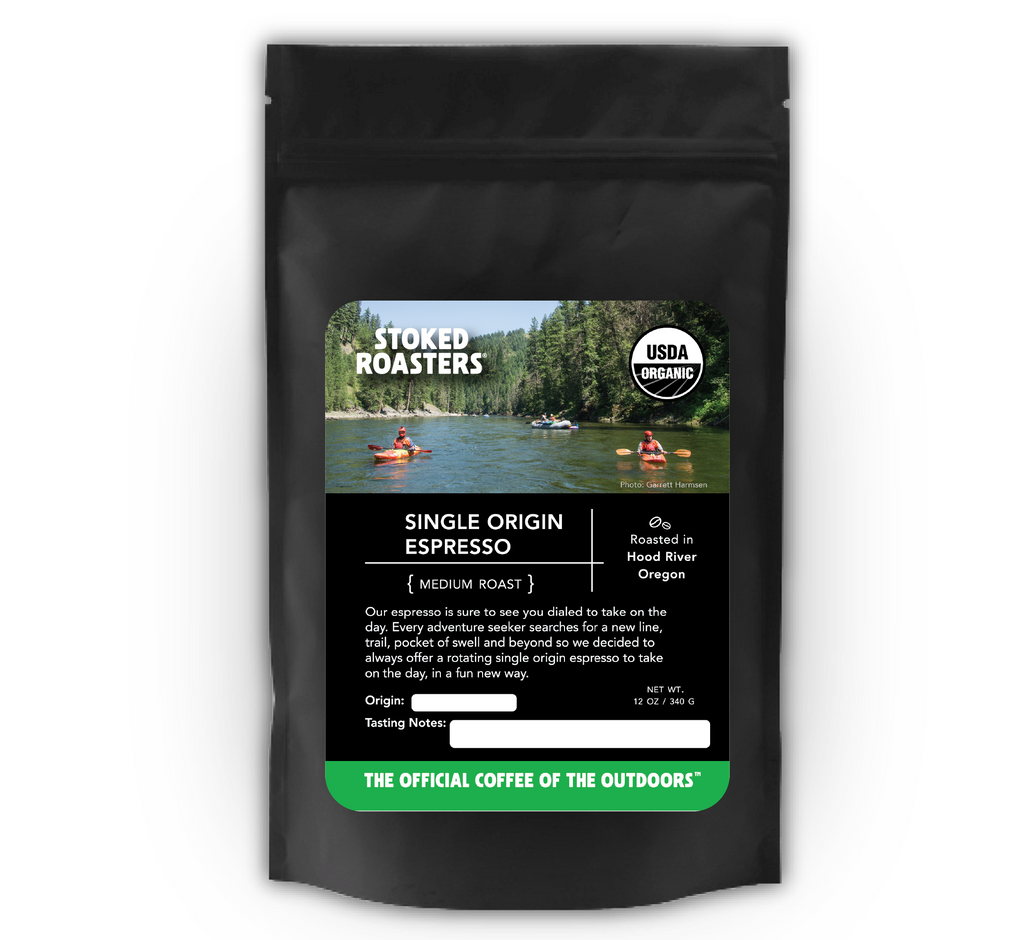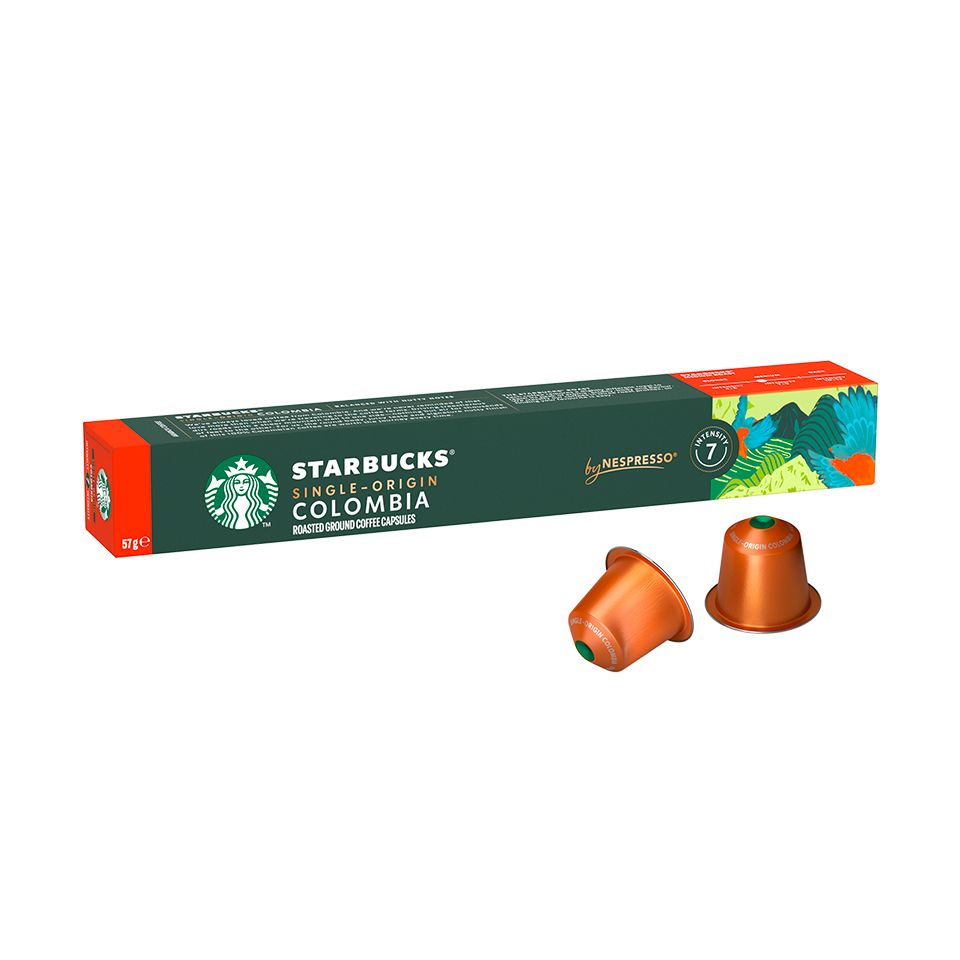Experience the Bold Flavor Profile of SOE Single Origin Espresso Today
Wiki Article
Coffee Beans 101: Every Little Thing You Need to Understand About Espresso and Blended Coffee Beans
When it concerns coffee, recognizing the subtleties of coffee and combined beans can change your day-to-day mug. You'll discover the unique qualities of Arabica and Robusta beans, and just how each influences flavor and high levels of caffeine web content. From the expanding process to roasting strategies, every action plays a duty in your coffee experience. So, what makes the ideal brew? Allow's discover the vital components that add to an exceptional cup of coffee.Comprehending Coffee Beans: Kinds and Varieties
When diving right into the globe of coffee, recognizing the types and varieties of coffee beans is important for every single fanatic. You'll mostly run into two major varieties: Arabica and Robusta. Arabica beans are known for their smooth, intricate flavors and reduced high levels of caffeine material, making them a preferred amongst coffee aficionados. On the various other hand, Robusta beans load a strike with a stronger, extra bitter preference and higher high levels of caffeine levels, usually made use of in coffee blends.Within these species, you'll locate different regional ranges, each bringing unique features. For instance, Ethiopian Yirgacheffe provides bright floral notes, while Colombian beans provide a healthy flavor profile. As you discover, keep in mind to focus on processing methods like washed or all-natural, as they can substantially affect the last taste. By acquainting on your own with these beans and their flavors, you'll boost your coffee experience and make more educated options in your brewing trip.
The Growing Refine: From Seed to Bean
When you check out the trip of coffee, it all starts with seed choice methods that establish the foundation for high quality. From there, growing and harvesting play vital roles in guaranteeing the beans flourish. Processing approaches change those collected cherries right into the coffee beans you love.Seed Selection Techniques
Picking the appropriate seeds is essential for generating high-grade coffee beans, as it lays the structure for the whole growing procedure. You ought to begin by choosing seeds from trustworthy sources that focus on high quality and hereditary variety. Look for selections recognized to thrive in your specific climate and soil problems. Take note of the seed's age and storage space problems, as fresh seeds tend to germinate better. When feasible, opt for organic seeds to decrease exposure to dangerous chemicals. Consider the condition resistance of various selections, as this can considerably affect your return. Lastly, do not wait to seek advice from neighborhood farmers or specialists to gain understandings right into the very best seed alternatives for your area. This understanding will certainly improve your coffee-growing experience.Farming and Harvesting
As you support your coffee seeds into prospering plants, understanding the growing and harvesting process is vital for accomplishing the ideal taste and high quality. Begin by growing your seeds in well-draining dirt, ideally in a shaded area to protect them from straight sunshine. As your plants expand, maintain constant dampness, and bear in mind their demand for nutrients. Prune frequently to promote airflow and healthy and balanced growth.Hand-picking is typically the best technique to guarantee only the ripest cherries are chosen. Timing is essential; collecting also early or as well late can affect the taste account of your beans.

Handling Techniques Discussed
When you've collected your coffee cherries, the following vital step is refining them to transform those dynamic fruits right into the beans you'll brew. There are two major techniques: the dry procedure and the wet process. In the dry process, you spread out the cherries out in the sun to completely dry, permitting the fruit to ferment and give unique flavors to the beans. On the other hand, the wet procedure includes getting rid of the fruit immediately and fermenting the beans in water, resulting in a cleaner taste. After processing, the beans are hulled, sorted, and generally dried out once more. Each technique affects the flavor account, so try out both can help you discover your preferred mixture. Recognizing these techniques is vital to enjoying your coffee experience.Toasting Methods: How Flavor Is Created
When it concerns toasting coffee beans, understanding roast levels is crucial to revealing their distinct flavors. Each roasting strategy effects the fragrance and improves the flavor advancement procedure, offering you a richer coffee experience. Allow's explore exactly how these aspects come together to boost your everyday brew.Roast Degrees Discussed
Roast levels play a vital duty in shaping the flavor account of your coffee. By understanding these degrees, you can much better select a coffee that matches your preference choices. Experiment with various roasts to find which one reverberates with you, enhancing your total coffee experience and enjoyment.Impact on Scent
The roast level not just influences the preference of your coffee yet likewise substantially influences its fragrance. Each toasting method releases various volatile compounds, shaping exactly how your coffee scents. Additionally, the quality of the beans plays a vital role; freshly roasted coffee launches more fragrant oils, improving that luring scent.Taste Growth Process
As you check out the taste advancement process, you'll find that toasting techniques play an essential duty in shaping the preference account of your coffee. The roasting temperature and time directly influence the level of acidity, sweetness, and anger of the beans. Light roasts preserve more of the bean's original flavors, highlighting floral and fruity notes. Tool roasts balance acidity and body, supplying an all-round taste. Dark roasts, on the other hand, bring out bold, great smoky features while decreasing the bean's inherent qualities. Throughout toasting, chain reactions, like the Maillard reaction and caramelization, change the beans and improve their intricacy. Trying out various roasting degrees can help you discover your perfect brew, so do not be reluctant to taste and uncover the abundant spectrum of tastes!Coffee vs. Blended Coffee: Secret Differences
Coffee and combined coffee each offer unique experiences that satisfy different preferences and preferences. Coffee is a concentrated coffee made by requiring hot water via finely-ground coffee beans, leading to a rich, vibrant taste and a creamy layer of crema ahead. It's typically delighted in as a shot or used as a base for beverages like cappucinos and cappuccinos.On the other hand, blended coffee integrates various beans from different areas, creating a much more balanced flavor profile. You'll usually locate blends that highlight sweet taste, level of acidity, or body, making them versatile for various developing techniques. While espresso concentrates on strength, combined coffee may use a broader range of flavors that can change with each sip.
Ultimately, your choice in between espresso and blended coffee come down to your personal preference. Whether you hunger for a leisurely cup or a quick shock, both choices have something tasty to supply.

Brewing Approaches: Unlocking the Perfect Cup
When it concerns brewing coffee, locating the right approach can transform your experience and boost your cup. Each developing technique has its one-of-a-kind appeal and can substantially influence your coffee's taste and scent. For instance, making use of a French press allows you to delight in a full-bodied and abundant brew, while a pour-over technique gives a clean, intense mug with distinct flavors.If you like coffee, purchasing a high quality device can aid you grasp the art of drawing shots. Additionally, for ease, a single-serve shell system offers speed without sacrificing taste.
Don't forget chilly brew, which delivers a smooth, less acidic coffee suitable for hot days. Experiment with different approaches to uncover what resonates with your taste. Each developing method opens up a new world of opportunities, so put in the time to check out and find your best mug. Happy brewing!
Sampling Notes: Identifying Flavor Profiles
How can you truly appreciate your coffee if you don't recognize what tastes to look for? Sampling notes are your guide to comprehending the complex globe of coffee. Some coffees might leave a chocolatey or caramel aftertaste, while others may have a brilliant, clean finish.Think about the body of the coffee, as well; is it light and airy or thick and syrupy? Do not fail to remember level of acidity; a brilliant acidity can add spiritedness, while a low level of acidity could give a smoother experience. By recognizing these taste profiles, you'll grow your connection with each mug, making coffee sampling a delightful trip of exploration.

Tips for Selecting and Storing Coffee Beans
Storing and picking coffee beans effectively can substantially enhance your brewing experience. Beginning by picking high-grade beans that fit your taste. Search for freshness; beans roasted within the last 2 weeks are ideal. Examine the roast date on the packaging, and purchase from local shops or trustworthy roasters.As soon as you have your beans, keep them in an impermeable container to stop direct exposure to dampness, light, and air. A dark, cool area works best, so prevent keeping them in the refrigerator or fridge freezer, as this can introduce moisture. Only grind the quantity you require to keep freshness; entire beans maintain taste longer than pre-ground coffee.
Last but not least, try to utilize your beans within two to four weeks after opening up for peak taste. Following these tips will certainly assure your coffee remains flavorful and pleasurable, raising your everyday brew to brand-new elevations.
Often Asked Questions
For How Long Do Coffee Beans Remain Fresh After Roasting?
Coffee beans stay fresh for about 2 weeks after roasting - SOE. You must store them in an impermeable container, far from light and wetness. Afterwards, their flavor and scent begin to diminish substantially
Can I Mix Different Coffee Bean Varieties?
Absolutely, you can mix various coffee bean selections! Trying out blends can improve tastes and produce a distinct taste account. Just see to it to balance the strengths and features of each variety for the finest outcomes.What Is the Ideal Work Size for Espresso?
For espresso, you'll want a great grind SOE dimension, regarding the appearance of salt. This enables excellent removal, leading to an abundant, savory shot. Experiment a bit to find what suits your preference best!Exactly How Does Altitude Affect Coffee Bean Flavor?
Elevation affects coffee bean taste by influencing the development price and chemical make-up. Higher elevations lead to slower maturation, which improves level of acidity and complexity, offering your coffee a vivid and special taste you will not neglect.Are There Decaffeinated Versions of Coffee Beans?
Yes, there are decaffeinated versions of espresso beans. You can appreciate a rich coffee flavor without the high levels of caffeine kick. Just seek "decaf" blends at your neighborhood cafe or specialty shop.Coffee Beans 101: Everything You Need to Know Regarding Espresso and Blended Coffee Beans.
When diving into the globe of coffee, comprehending the types and selections of coffee beans is important for every lover.When it comes to roasting coffee beans, understanding roast levels is essential to revealing their special tastes. Coffee is a concentrated coffee brewed by compeling warm water with finely-ground coffee beans, resulting in a rich, bold taste and a luscious layer of crema on top.On the other hand, mixed coffee integrates numerous beans from various regions, developing a more well balanced flavor profile.
Report this wiki page